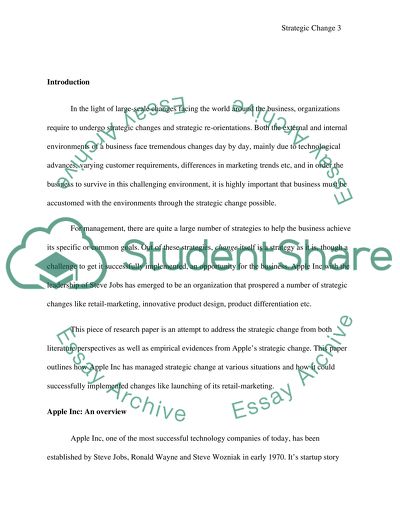Cite this document
(“Critically examine a period of strategic change for an organisation of Essay”, n.d.)
Retrieved from https://studentshare.org/environmental-studies/1411644-critically-examine-a-period-of-strategic-change
Retrieved from https://studentshare.org/environmental-studies/1411644-critically-examine-a-period-of-strategic-change
(Critically Examine a Period of Strategic Change for an Organisation of Essay)
https://studentshare.org/environmental-studies/1411644-critically-examine-a-period-of-strategic-change.
https://studentshare.org/environmental-studies/1411644-critically-examine-a-period-of-strategic-change.
“Critically Examine a Period of Strategic Change for an Organisation of Essay”, n.d. https://studentshare.org/environmental-studies/1411644-critically-examine-a-period-of-strategic-change.


